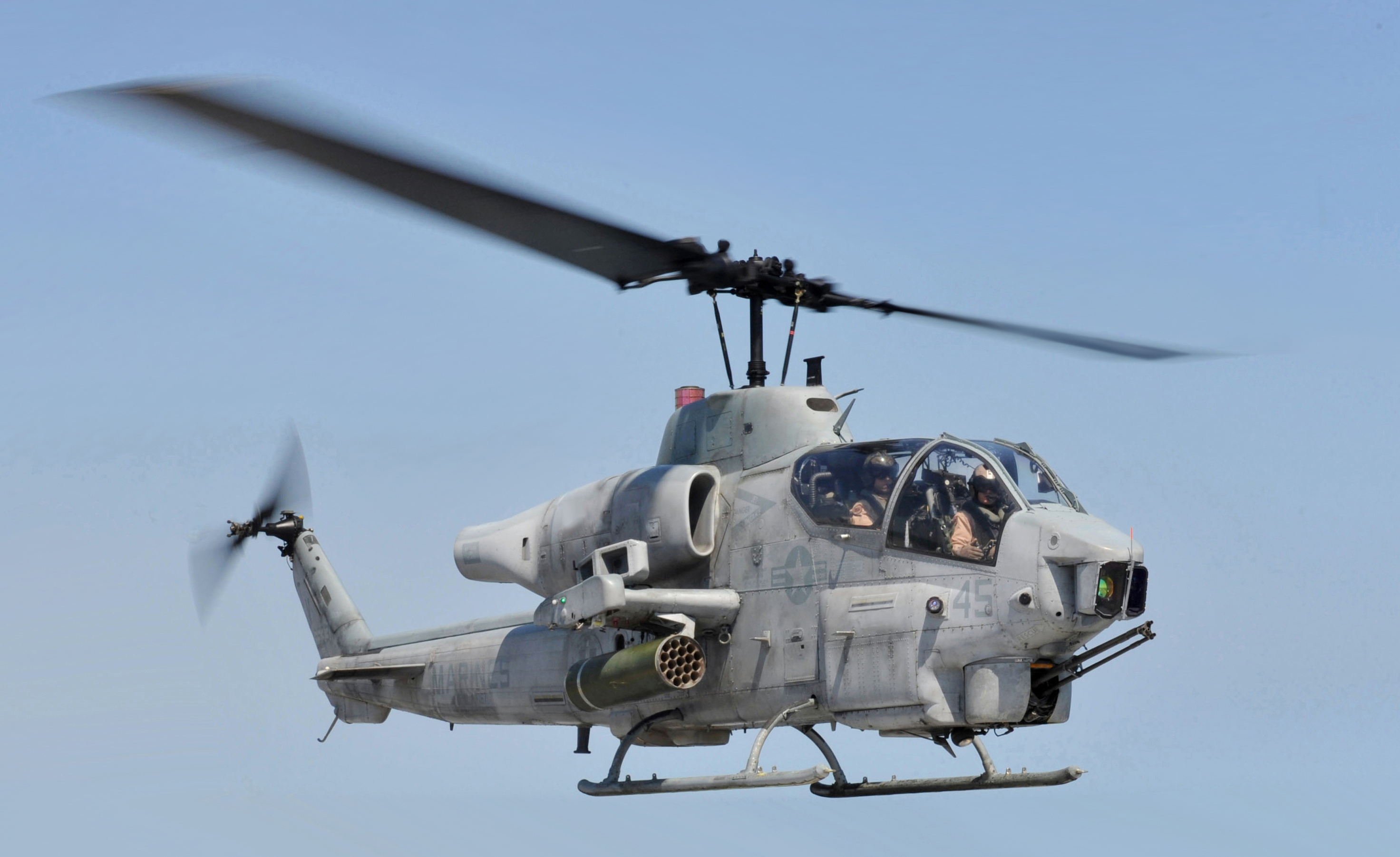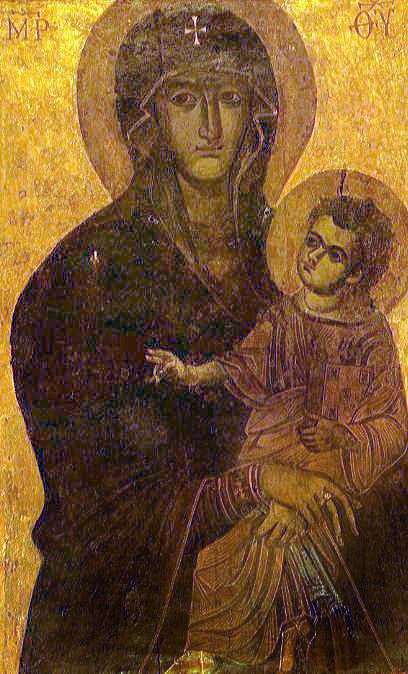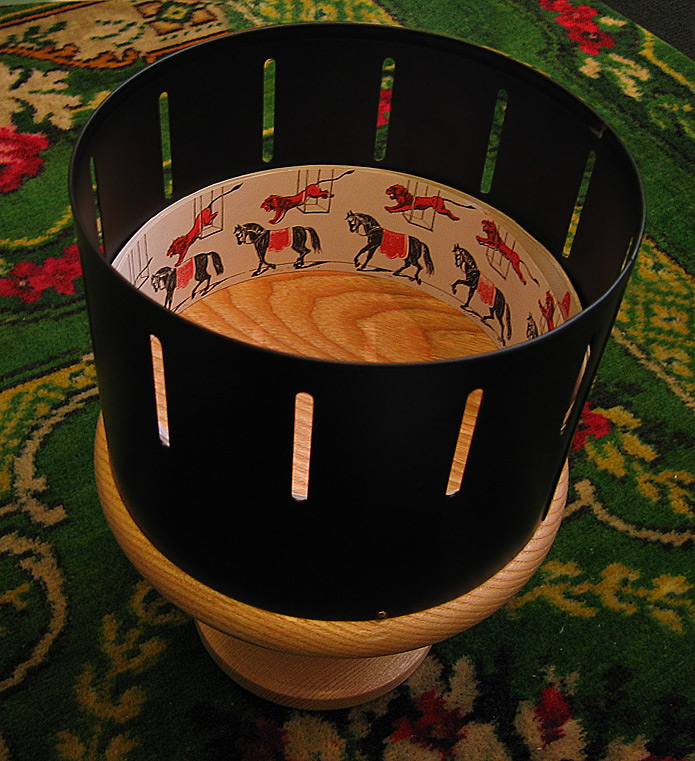|
Bamboo-copter
The bamboo-copter, also known as the bamboo dragonfly or Chinese top ( Chinese ''zhuqingting'' (竹蜻蜓), Japanese ''taketonbo'' ), is a toy helicopter rotor that flies up when its shaft is rapidly spun. This helicopter-like top originated in Jin dynasty China around 320 AD, and was the object of early experiments by English engineer George Cayley, the inventor of modern aeronautics.Leishman, J. Gordon (2006)''Principles of Helicopter Aerodynamics'' Cambridge University Press. pp. 7–9. In China, the earliest known flying toys consisted of feathers at the end of a stick, which was rapidly spun between the hands and released into flight. "While the Chinese top was no more than a toy, it is perhaps the first tangible device of what we may understand as a helicopter." The Jin dynasty Daoist philosopher Ge Hong's (c. 317) book '' Baopuzi'' (抱樸子 "Master Who Embraces Simplicity") mentioned a flying vehicle in what Joseph Needham calls "truly an astonishing passage".J ... [...More Info...] [...Related Items...] OR: [Wikipedia] [Google] [Baidu] |
Helicopter
A helicopter is a type of rotorcraft in which Lift (force), lift and thrust are supplied by horizontally spinning Helicopter rotor, rotors. This allows the helicopter to VTOL, take off and land vertically, to hover (helicopter), hover, and to fly forward, backward and laterally. These attributes allow helicopters to be used in congested or isolated areas where fixed-wing aircraft and many forms of short take-off and landing (STOL) or short take-off and vertical landing (STOVL) aircraft cannot perform without a runway. The Focke-Wulf Fw 61 was the first successful, practical, and fully controllable helicopter in 1936, while in 1942, the Sikorsky R-4 became the first helicopter to reach full-scale mass production, production. Starting in 1939 and through 1943, Igor Sikorsky worked on the development of the Vought-Sikorsky VS-300, VS-300, which over four iterations, became the basis for modern helicopters with a single main rotor and a single tail rotor. Although most earlier ... [...More Info...] [...Related Items...] OR: [Wikipedia] [Google] [Baidu] |
Helicopter Rotor
On a helicopter, the main rotor or rotor system is the combination of several rotary wings (rotor blades) with a control system, that generates the aerodynamic lift (force), lift force that supports the weight of the helicopter, and the thrust that counteracts aerodynamic drag in forward flight. Each main rotor is mounted on a vertical mast over the top of the helicopter, as opposed to a helicopter tail rotor, which connects through a combination of drive shaft(s) and gearboxes along the tail boom. The blade pitch is typically controlled by the pilot using the helicopter flight controls. Helicopters are one example of rotary-wing aircraft (rotorcraft). The name is derived from the Greek words ''helix'', helik-, meaning spiral; and ''pteron'' meaning wing. Design principles Overview The helicopter rotor is powered by the engine, through the transmission, to the rotating mast. The mast is a cylindrical metal shaft that extends upward from—and is driven by—the transmission. ... [...More Info...] [...Related Items...] OR: [Wikipedia] [Google] [Baidu] |
Propeller (aircraft)
In aeronautics, an aircraft propeller, also called an airscrew,Beaumont, R.A.; ''Aeronautical Engineering'', Odhams, 1942, Chapter 13, "Airscrews". converts rotary motion from an engine or other power source into a swirling slipstream which pushes the propeller forwards or backwards. It comprises a rotating power-driven hub, to which are attached several radial airfoil-section blades such that the whole assembly rotates about a longitudinal axis. The blade pitch may be fixed, manually variable to a few set positions, or of the automatically variable "constant-speed" type. The propeller attaches to the power source's driveshaft either directly or through reduction gearing. Propellers can be made from wood, metal or composite materials. Propellers are most suitable for use at subsonic airspeeds generally below about , although supersonic speeds were achieved in the McDonnell XF-88B experimental propeller-equipped aircraft. Supersonic tip-speeds are used in some aircraft like the ... [...More Info...] [...Related Items...] OR: [Wikipedia] [Google] [Baidu] |
Madonna And Child
In Christian art, a Madonna () is a religious depiction of the Blessed Virgin Mary in a singular form or sometimes accompanied by the Child Jesus. These images are central icons for both the Roman Catholic and Orthodox churches. The word is (archaic). The Madonna and Child type is very prevalent in Christian iconography, divided into many traditional subtypes especially in Eastern Orthodox iconography, often known after the location of a notable icon of the type, such as the '' Theotokos of Vladimir'', '' Agiosoritissa'', '' Blachernitissa'', etc., or descriptive of the depicted posture, as in '' Hodegetria'', '' Eleusa'', etc. The term ''Madonna'' in the sense of "picture or statue of the Virgin Mary" enters English usage in the 17th century, primarily in reference to works of the Italian Renaissance. In an Eastern Orthodox context, such images are typically known as '' Theotokos''. "Madonna" may be generally used of representations of Mary, with or without the infant ... [...More Info...] [...Related Items...] OR: [Wikipedia] [Google] [Baidu] |
Time (magazine)
''Time'' (stylized in all caps as ''TIME'') is an American news magazine based in New York City. It was published Weekly newspaper, weekly for nearly a century. Starting in March 2020, it transitioned to every other week. It was first published in New York City on March 3, 1923, and for many years it was run by its influential co-founder, Henry Luce. A European edition (''Time Europe'', formerly known as ''Time Atlantic'') is published in London and also covers the Middle East, Africa, and, since 2003, Latin America. An Asian edition (''Time Asia'') is based in Hong Kong. The South Pacific edition, which covers Australia, New Zealand, and the Pacific Islands, is based in Sydney. Since 2018, ''Time'' has been owned by Salesforce founder Marc Benioff, who acquired it from Meredith Corporation. Benioff currently publishes the magazine through the company Time USA, LLC. History 20th century ''Time'' has been based in New York City since its first issue published on March 3, 1923 ... [...More Info...] [...Related Items...] OR: [Wikipedia] [Google] [Baidu] |
Kinematograph
Cinematograph or kinematograph is an early term for several types of motion picture film mechanisms. The name was used for movie cameras as well as movie projector, film projectors, or for complete systems that also provided means to release print, print films (such as the Lumière). History A device by this name was invented and patented as the " Léon Bouly" by French inventor Léon Bouly on February 12, 1892. Bouly coined the term "cinematograph," from the Greek language, Greek for "writing in movement."Abel, Richard. Encyclopedia of Early Cinema. 1st ed. London: Routledge, 2004. Due to a lack of money, Bouly could not develop his ideas properly and maintain his patent fees, so the Auguste and Louis Lumière, Lumière brothers were free to adopt the name. In 1895, they applied it to a device that was mostly their own invention. The Lumière brothers made their first film, ''Workers Leaving the Lumière Factory'' (''Sortie de l'usine Lumière de Lyon''), that same year. Th ... [...More Info...] [...Related Items...] OR: [Wikipedia] [Google] [Baidu] |
Zoetrope
A zoetrope is a Precursors of film#Modern era, pre-film animation device that produces the illusion of motion, by displaying a sequence of drawings or photographs showing progressive phases of that motion. A zoetrope is a cylindrical variant of the phenakistiscope, phénakisticope, an apparatus suggested after the stroboscopic effect, stroboscopic discs were introduced in 1833. The definitive version of the zoetrope, with replaceable film picture film strips, was introduced as a toy by Milton Bradley Company, Milton Bradley in 1866 and became very successful. Etymology The name ''zoetrope'' was composed from the Greek root words ζωή ''zoe'', "life" and τρόπος ''tropos'', "turning" as a translation of "wheel of life". The term was coined by inventor William E. Lincoln, of Providence, Rhode Island. Technology The zoetrope consists of a cylinder with cuts vertically in the sides. On the inner surface of the cylinder is a band with images from a set of sequenced pictures. ... [...More Info...] [...Related Items...] OR: [Wikipedia] [Google] [Baidu] |
Bow Drill
A bow drill is a simple hand-operated type of tool, consisting of a rod (the ''spindle'' or ''drill shaft'') that is set in rapid rotary motion by means of a cord wrapped around it, kept taut by a bow and arrow, bow which is pushed back and forth with one hand. This tool of prehistoric origin has been used both as a drill, to make holes on solid materials such as wood, stone, bone, or teeth, and as a fire drill (tool), fire drill to Fire making#Friction, start a fire. The spindle can be held into a fixed frame, or by a hand-held block (the ''hand piece'' or ''thimble'') with a hole into which the top of the shaft is inserted. Some lubricant should be used to reduce friction between these two parts, otherwise, it could lead to some trouble when doing it too fast. A popular campcraft book of 1920 attributed this invention to the Inuit. In Mehrgarh (Pakistan) it has been dated between the 4th-5th millennium BCE. The string of the bow is wrapped once around the spindle, so that it i ... [...More Info...] [...Related Items...] OR: [Wikipedia] [Google] [Baidu] |
Mikhail Lomonosov
Mikhail Vasilyevich Lomonosov (; , ; – ) was a Russian polymath, scientist and writer, who made important contributions to literature, education, and science. Among his discoveries were the atmosphere of Venus and the law of conservation of mass in chemical reactions. His spheres of science were natural science, chemistry, physics, mineralogy, history, art, philology, optical devices and others. The founder of modern geology,Vernadsky, V. (1911) Pamyati M.V. Lomonosova. Zaprosy zhizni, 5: 257-262 (in Russian) n memory of M.V. Lomonosov/ref> Lomonosov was also a poet and influenced the formation of the modern Russian literary language. Early life and family Lomonosov was born in the village of Mishaninskaya, later renamed Lomonosovo in his honor, in Archangelgorod Governorate, on an island not far from Kholmogory, in the far north of Russia. His father, Vasily Dorofeyevich Lomonosov, was a prosperous peasant fisherman turned ship owner, who amassed a small fortune trans ... [...More Info...] [...Related Items...] OR: [Wikipedia] [Google] [Baidu] |
Children's Games (Bruegel)
''Children's Games'' is an oil-on-panel by Flemish Renaissance artist Pieter Bruegel the Elder, painted in 1560. It is now in the Kunsthistorisches Museum in Vienna. The entire composition is full of children playing a wide variety of games. Over 90 different games that were played by children at the time have been identified. Description This painting, mentioned for the first time by Karel van Mander in 1604, was acquired in 1594 by Archduke Ernest of Austria. It was suggested that it was the first in a projected series of paintings representing the Ages of Man, in which ''Children's Games'' would have stood for Youth. If that was Bruegel's intention, it is unlikely that the series progressed beyond this painting, for there are no contemporary or subsequent mentions of related pictures. The children, who range in age from toddlers to adolescents, roll hoops, walk on stilts, spin hoops, ride hobby-horses, stage mock tournaments, play leap-frog and blind man's bluff, perform h ... [...More Info...] [...Related Items...] OR: [Wikipedia] [Google] [Baidu] |
Kunsthistorisches Museum
The Kunsthistorisches Museum Wien ( "Vienna Museum of art history, Art History", often referred to as the "Museum of Fine Arts, Vienna") is an art museum in Vienna, Austria. Housed in its festive palatial building on the Vienna Ring Road, it is crowned with an octagonal dome. The term ''Kunsthistorisches Museum'' applies to both the institution and the main building. It is the list of largest art museums, largest art museum in the country and one of the most important museums worldwide. Emperor Franz Joseph I of Austria-Hungary opened the facility around 1891 at the same time as the Natural History Museum, Vienna which has a similar design and is directly across Maria-Theresien-Platz. The two buildings were constructed between 1871 and 1891 according to plans by Gottfried Semper and Baron Karl von Hasenauer. The emperor commissioned the two Ringstraße museums to create a suitable home for the Habsburgs' formidable art collection and to make it accessible to the general publ ... [...More Info...] [...Related Items...] OR: [Wikipedia] [Google] [Baidu] |








